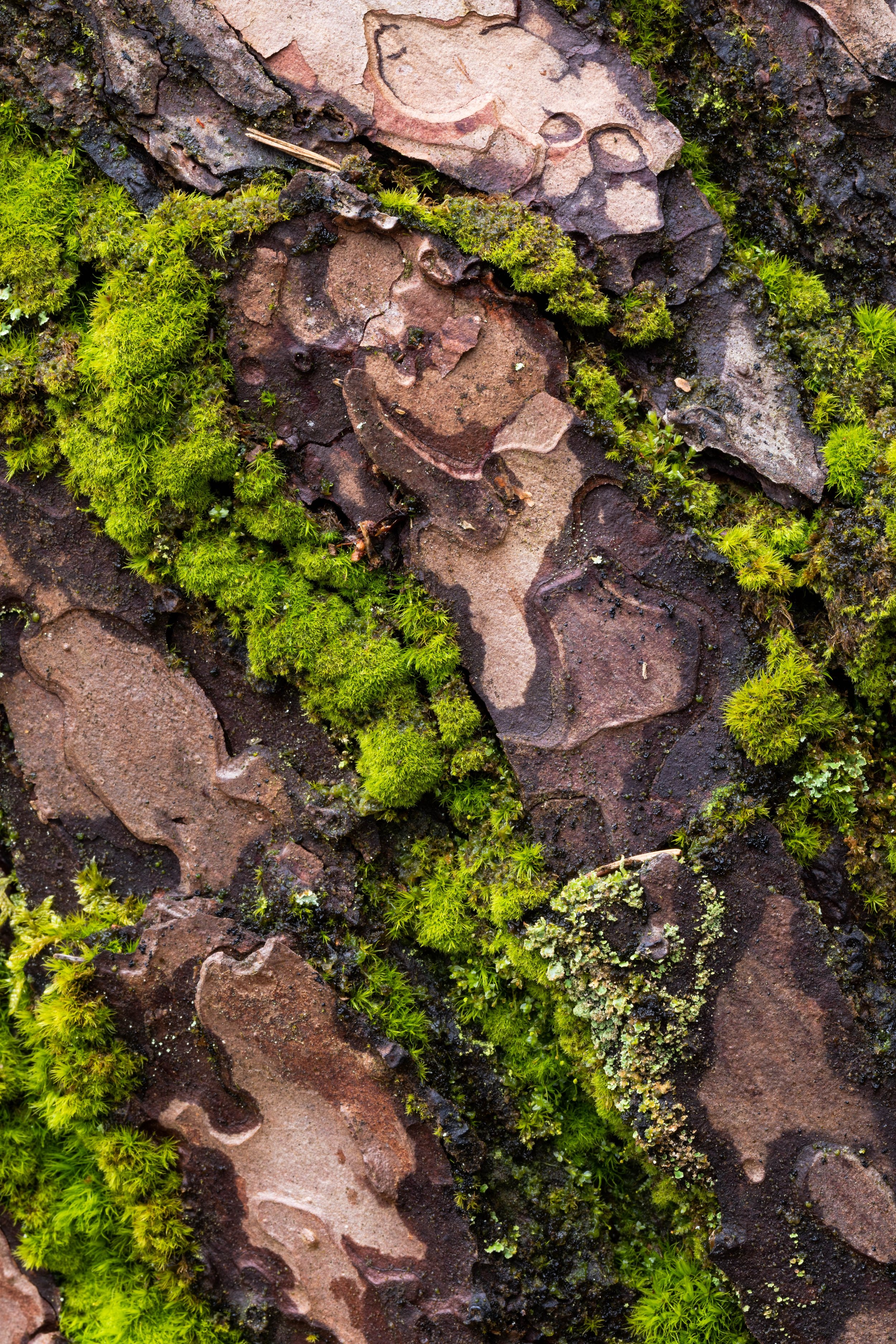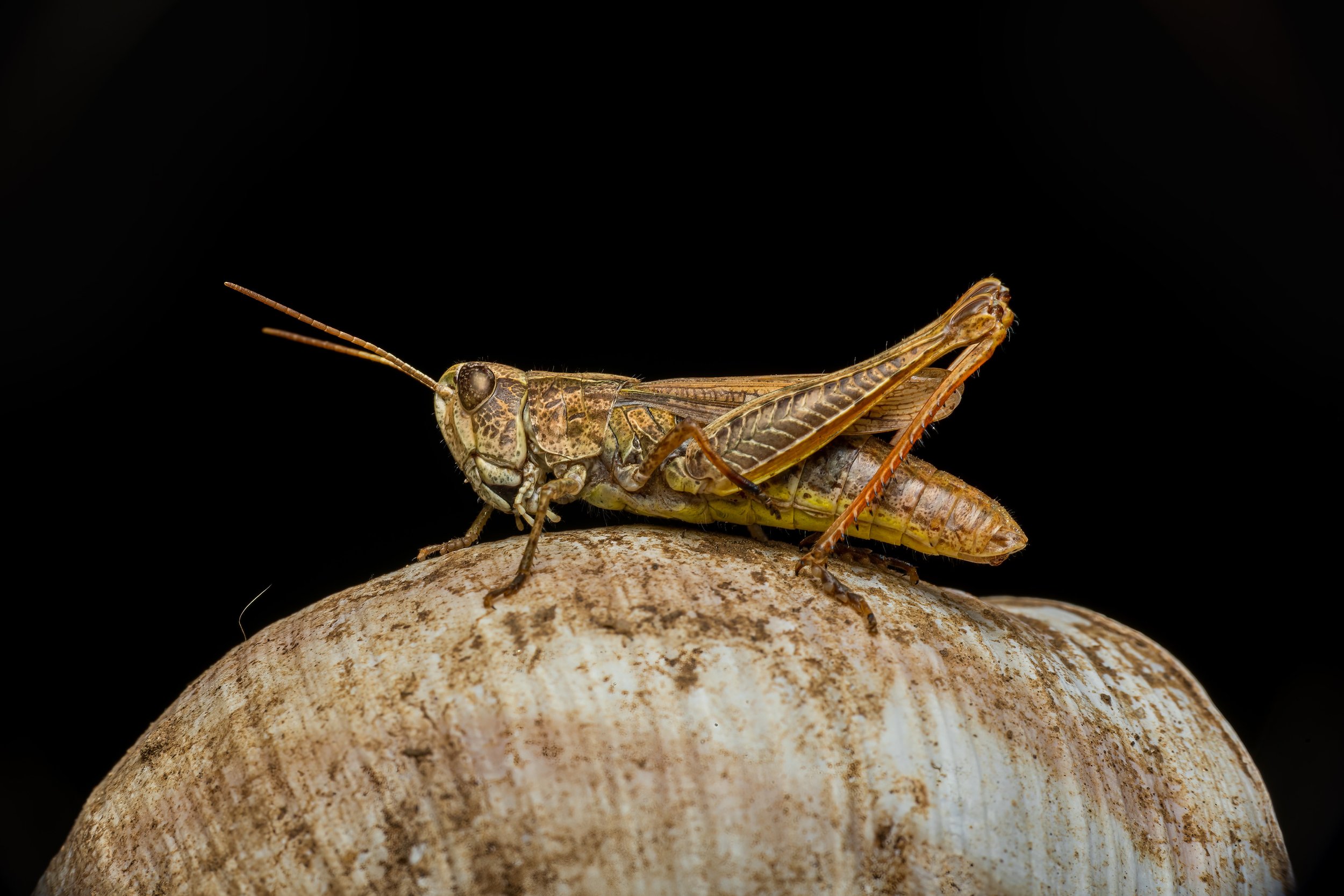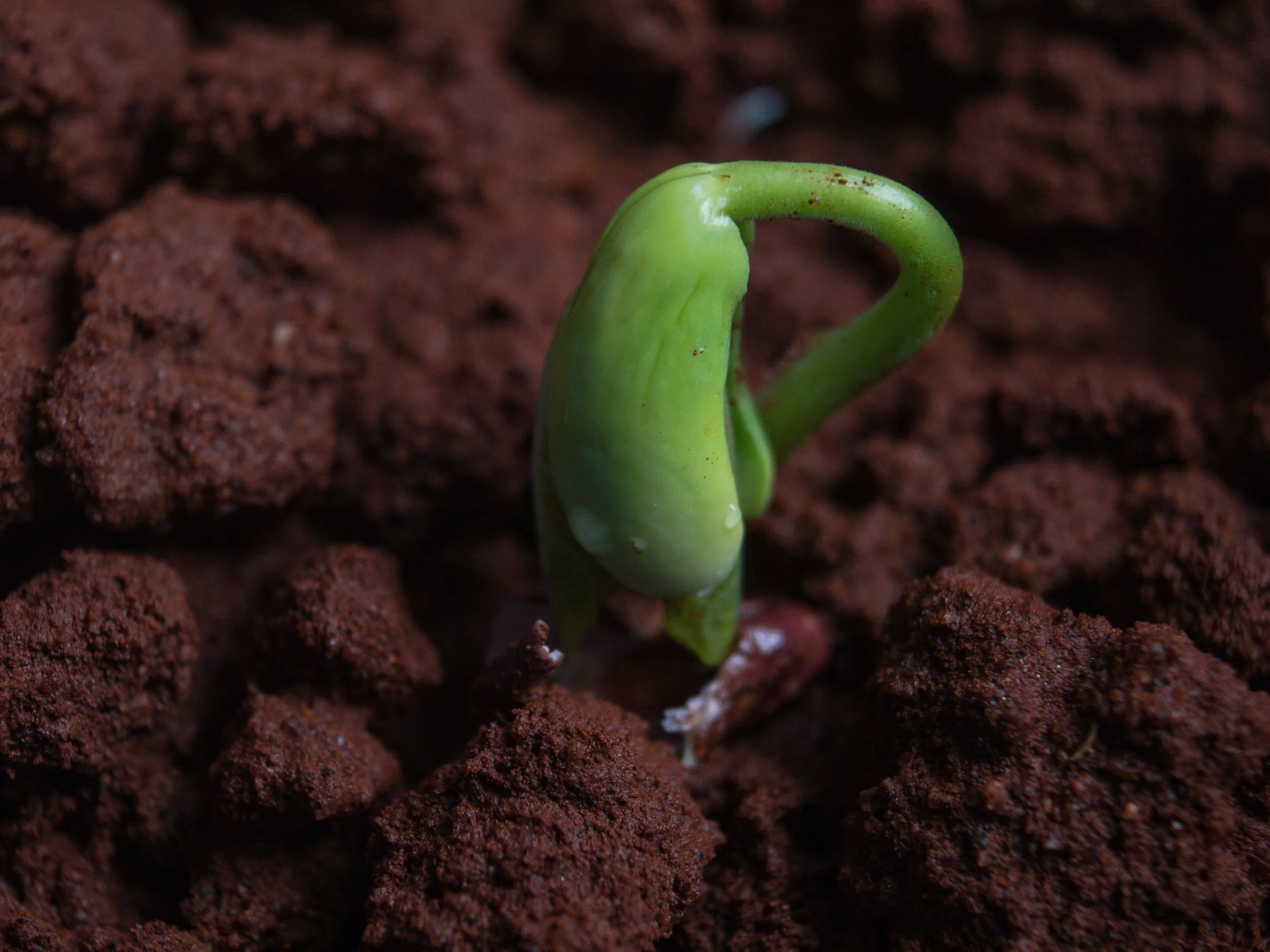This is it. The 100th post in my 100 Day Challenge. It took me several days to post this, because I didn’t want it to end. Also, I wanted to write something terribly important and profound on my last day.
Well, forget that.
It’s more important to just do it. And that’s one of the things I’ve learned in completing this Challenge.
I learned a few things.
This Challenge—with a few self-imposed boundaries—had to be by my rules, not anyone else’s. It took me 156 days to do 100 posts. That was unexpected. But, overall, I’m okay with it. I got there! Yeah, I’m also working full-time, raising a family, dealing with menopause, have the pandemic in the background (and sometimes the foreground). And there’s also just who I am. I like flexible consistency, another oxymoron that makes sense if you think about it.
By making my own rules, and deciding that some flexibility was absolutely an okay part of that, man, that was satisfying. I truly worked for myself, as my own boss, my own way, and without regard for others’ “best practices” or advice. It was so freeing! And it worked for me.
The same is true about choosing what I wanted to write. That made this challenge like Christmas every day, so friggin’ enjoyable. That’s worth paying attention to!
As always, I had to allow myself imperfection. Masterpieces don’t get written. Readers decide what is a masterpiece. Such a title is merely a judgment in retrospect and has no place in the creative process.
Writing for myself primarily was awesome. I had to remind myself of this goal several times. When I did, I had more fun, expectations flaked away, judgments too.
I did love having the goal of 100 posts. I like working towards a concrete goal.
I didn’t want to write my 100th Day Challenge and come to the end, like when you’re racing through a great book and so sad when you know that in a few pages, it will be over.
So, what is my next goal, I ask myself? Because I want to keep doing this. Having a goal created “permission” to do this thing I love. I didn’t have to make money at it. I didn’t have to please anyone with it. I’d really like to break through that glass ceiling of permission I seem to still require to do what I love. I definitely have to reflect on that more.
What else have I learned?
Photo by Marcel Eberle on Unsplash
Yes, I work better with goals and deadlines. But in my enthusiasm, I sometimes have difficulty being realistic about how long certain things take. Perhaps to realistically make a deadline, I calculate how long I think it will take and times it by 1.5.
I LOVE the freedom to write in a number of genres and styles. Limiting myself to one genre or one style would be, frankly, boring and repetitive. I love research! Love, love, love.
The more vulnerable my posts, the more messages I received from readers with gratitude. Wow. That’s cool.
Photo by Luis Morera on Unsplash
Non-fiction is way easier for me than fiction, but I also really want to write and publish more fiction. I love making up stories, especially characters. I’m not as confident about my fiction as my non-fiction. But I write non-fiction every day. So maybe it’s time to give myself permission to write fictional schlock, whatever I want, experiment, play, and share to become more acquainted with MY fiction, build my confidence, my ease with the genre, pour in some of that same vulnerability.
Imperfection will have to be a goal if I take on a 100-Day Challenge with more fiction. Hmmm. I still love my non-fiction, so maybe it’s a ratio thing. I have to think about that.
Instead of dwelling on the sadness of this challenge ending, I think I’ll be sad for a short time and focus on the next beginning, an opportunity to work towards the next goal.
In the meantime, here are some quotes that speak to me, related to my reflections on this Challenge. I love quotes!
It’s been a great ride!
Stay tuned for the next one…
As Confucius said: “When it is obvious that the goals cannot be reached, don’t adjust the goals, adjust the action steps.”
“It always seems impossible until it’s done.” – Nelson Mandela
“Success consists of going from failure to failure without loss of enthusiasm.” – Winston Churchill
Working for what you want is important. If you do not you will be working for what you don’t want.
“If you don’t make the time to work on creating the life you want, you’re eventually going to be forced to spend a lot of time dealing with a life you don’t want.” Kevin Ngo
“If you want something you’ve never had, then you’ve got to do something you’ve never done.” Anonymous
Nothing is really work unless you would rather be doing something else. — James M. Barrie
Forget about the fast lane. If you really want to fly, harness your power to your passion. Honor your calling. Everybody has one. Trust your heart, and success will come to you. — Oprah Winfrey
Any human being is really good at certain things. The problem is that the things you’re good at come naturally. And since most people are pretty modest instead of an arrogant S.O.B. like me, what comes naturally, you don’t see as a special skill. It’s just you. It’s what you’ve always done. — Stephen Jay Gould
If you don’t love what you do, you won’t do it with much conviction or passion. — Mia Hamm
There is no passion to be found playing small–in settling for a life that is less than the one you are capable of living. — Nelson Mandela
The two most important days in your life are the day you are born and the day you find out why. — Mark Twain
I have looked in the mirror every morning and asked myself: ‘If today were the last day of my life, would I want to do what I am about to do today?’ And whenever the answer has been ‘No’ for too many days in a row, I know I need to change something. — Steve Jobs
Too many of us are not living our dreams because we are living our fears. — Les Brown
Whatever you make, base it upon that which is most important to you. Only then will it have depth and meaning, and only then will it resonate with others. ― Christopher Paolini
Hard work is painful when life is devoid of purpose. But when you live for something greater than yourself and the gratification of your own ego, then hard work becomes a labor of love. — Steve Pavlina
Yes, I’ve made a great deal of dough from my fiction, but I never set a single word down on paper with the thought of being paid for it … I have written because it fulfilled me … I did it for the buzz. I did it for the pure joy of the thing. And if you can do it for joy, you can do it forever. — Stephen King
Hide not your talents, they for use were made, what’s a sundial in the shade? ― Benjamin Franklin
Just don’t give up trying to do what you really want to do. Where there’s love and inspiration, I don’t think you can go wrong. — Ella Fitzgerald
Do what you love; you’ll be better at it. It sounds pretty simple, but you’d be surprised how many people don’t get this one right away. — LL Cool J
Never continue in a job you don’t enjoy. If you’re happy in what you’re doing, you’ll like yourself, you’ll have inner peace. And if you have that, along with physical health, you will have had more success than you could possibly have imagined. — Johnny Carson
Photo by Ian Schneider on Unsplash

























